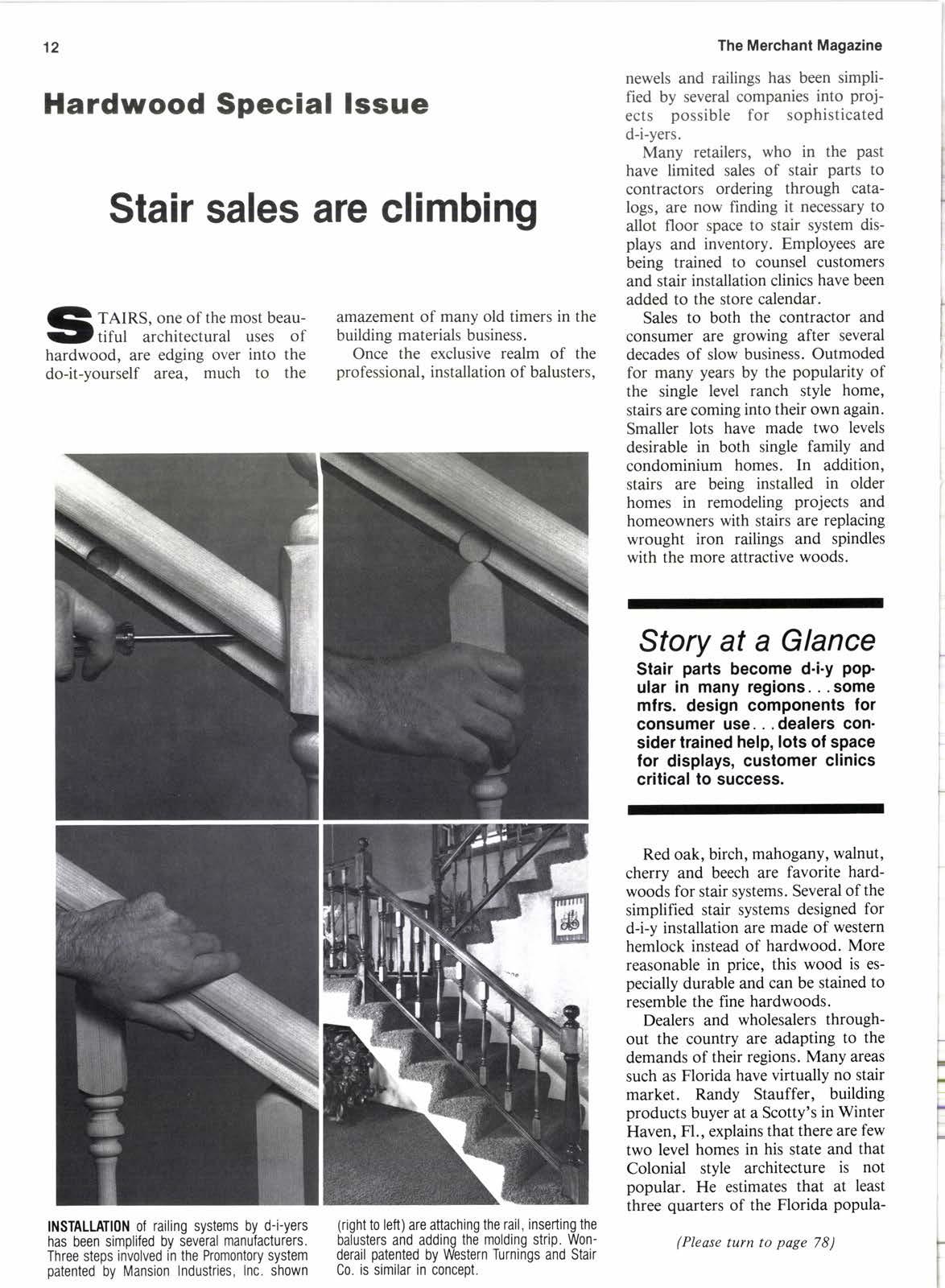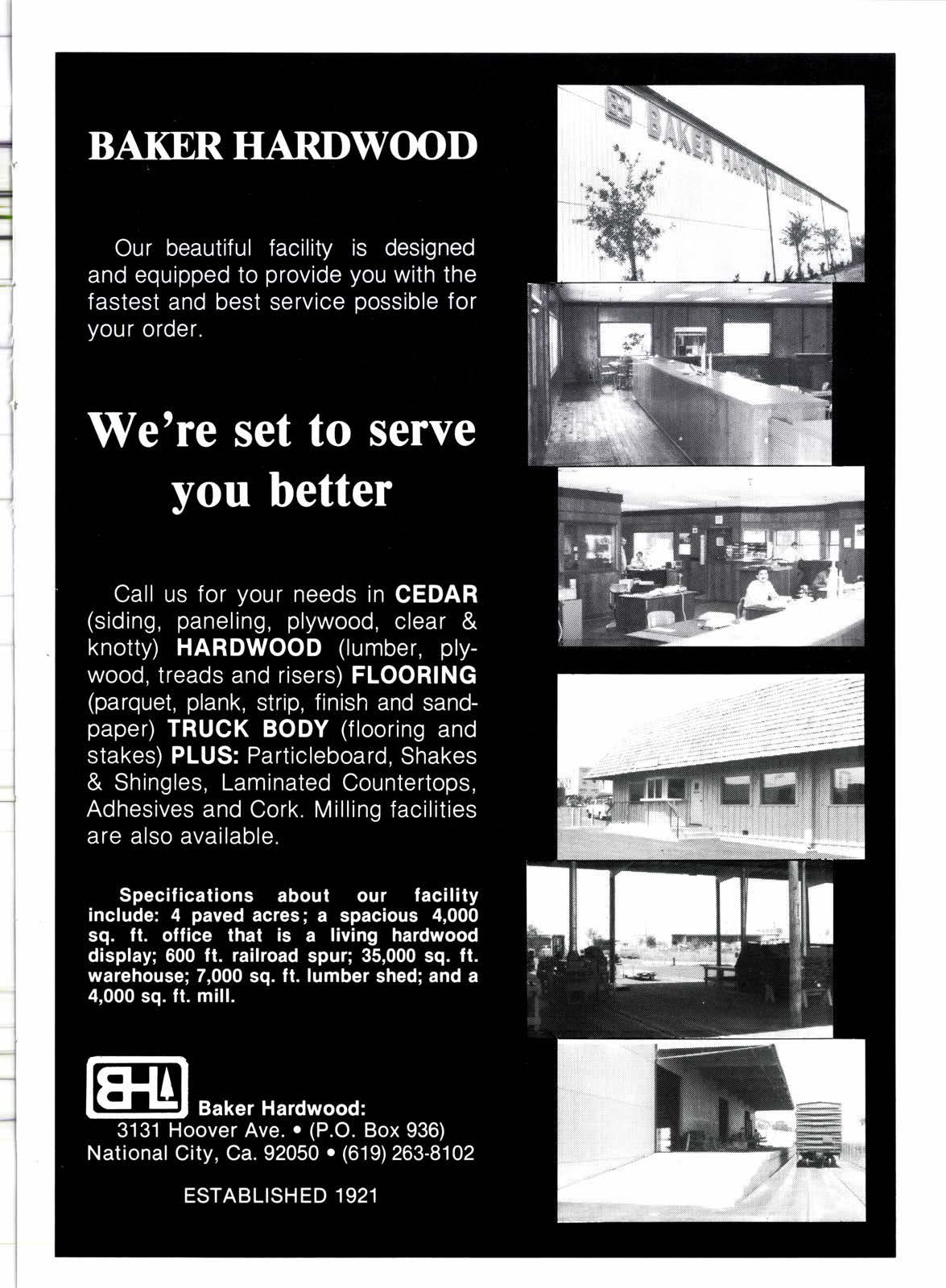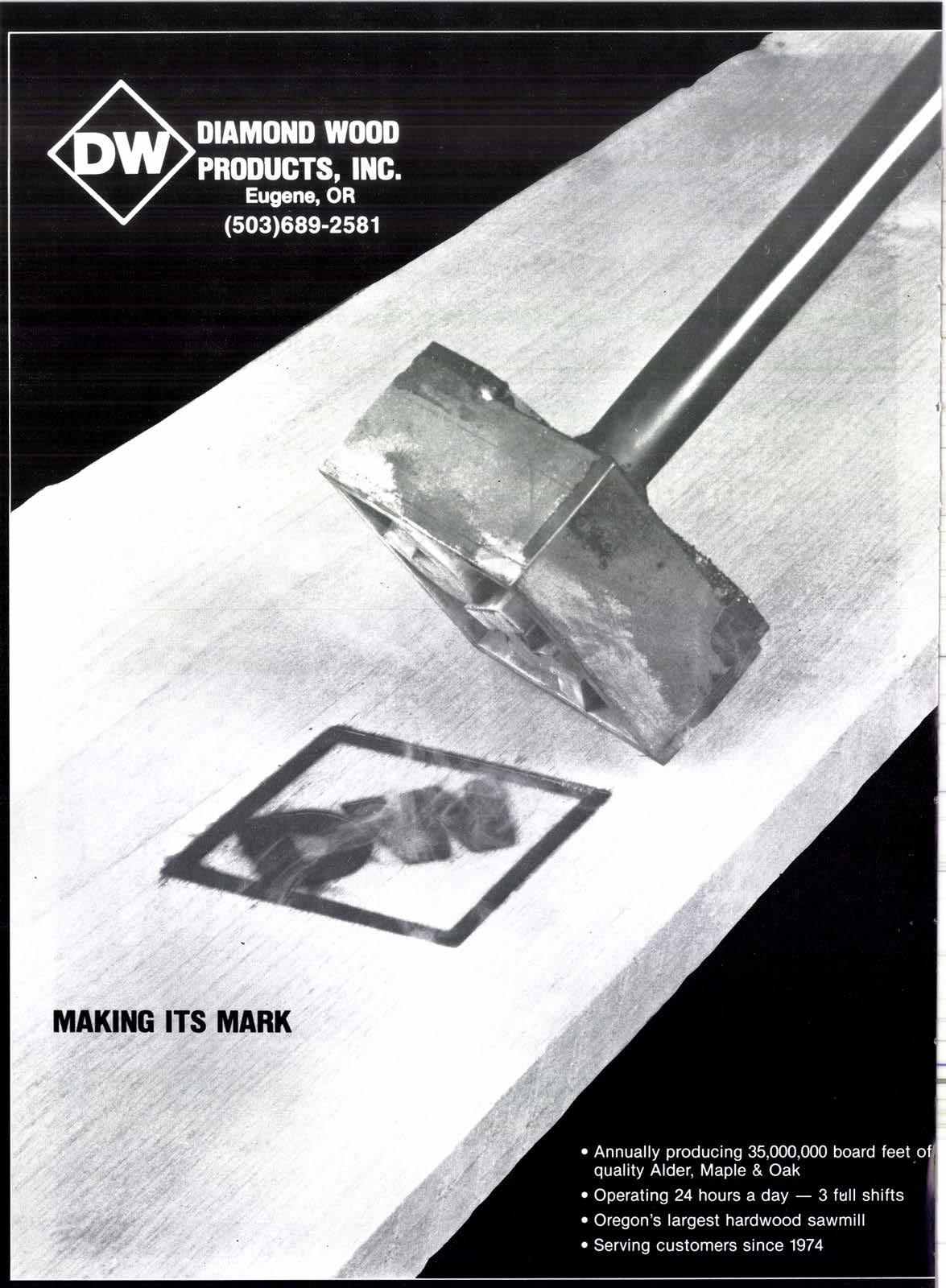
1 minute read
HardwoodSpeciallssue Stair sales are climbing
TAIRS. one of the most beautiful architectural uses of hardwood, are edging over into the do-it-yourself area, much to the amazement of many old timers in the building materials business.
Once the exclusive realm of the professional, installation of balusters, newels and railings has been simplified by several companies into projects possible for sophisticated d-i-yers.
Many retailers, who in the past have limited sales of stair parts to contractors ordering through catalogs, are now finding it necessary to allot floor space to stair system displays and inventory. Employees are being trained to counsel customers and stair installation clinics have been added to the store calendar.
Sales to both the contractor and consumer are growing after several decades of slow business. Outmoded for many years by the popularity of the single level ranch style home, stairs are coming into their own again. Smaller lots have made two levels desirable in both single family and condominium homes. In addition, stairs are being installed in older homes in remodeling projects and homeowners with stairs are replacing wrought iron railings and spindles with the more attractive woods.
Story at a Glance
Stair parts become d.i-y pop. ular in many regions...some mfrs. design components for consumer use. dealers consider trained help, lots of space for displays, customer clinics critical to success.
Red oak, birch, mahogany, walnut, cherry and beech are favorite hardwoods for stair systems. Several of the simplified stair systems designed for d-i-y installation are made of western hemlock instead of hardwood. More reasonable in price, this wood is especially durable and can be stained to resemble the fine hardwoods.
Dealers and wholesalers throughout the country are adapting to the demands of their regions. Many areas such as Florida have virtually no stair market. Randy Stauffer, building products buyer at a Scotty's in Winter Haven, Fl., explains that there are few two level homes in his state and that Colonial style architecture is not popular. He estimates that at least three quarters of the Florida popula-
(Please turn to page 78)

Making Its Mark











